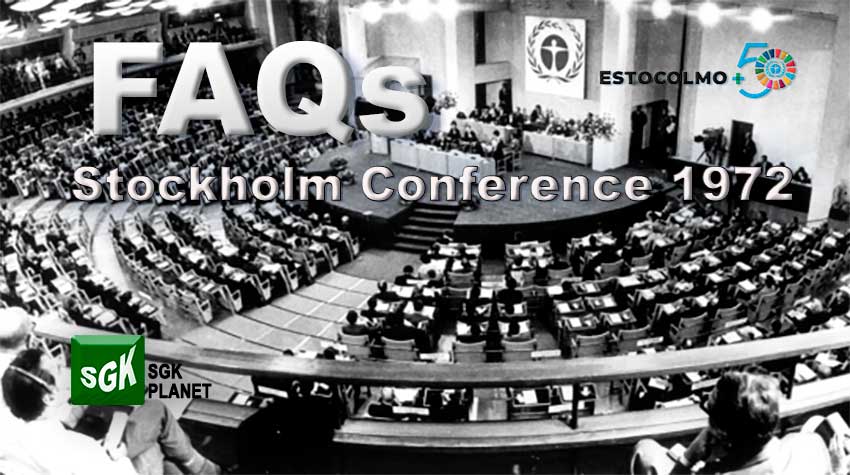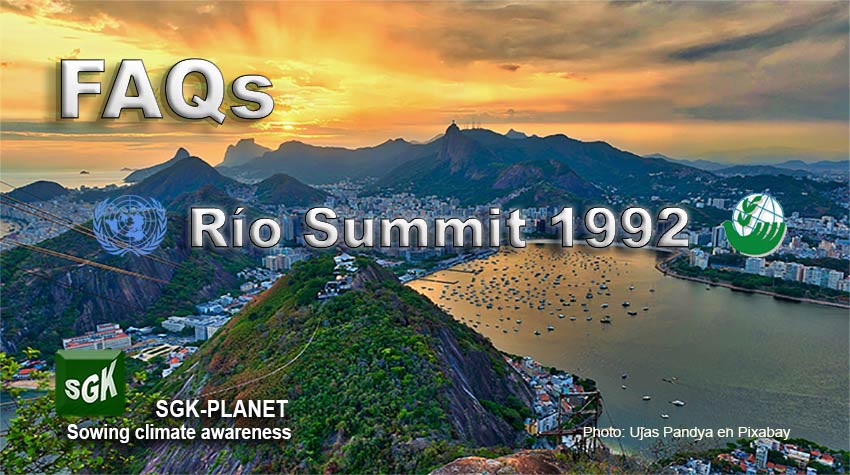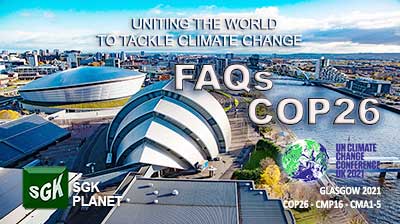FAQS about the Stockholm Conference 1972

3. What were the objectives and results of the Stockholm Conference?
The objectives of the Stockholm Conference, or Conference on the Human Environment, began to be prepared from the moment Sweden expressed its concerns in a letter sent to the United Nations in May 1968. The Nordic country requested a solution to the problems of the “human environment”. It said that “Man-made changes in the natural environment had become an urgent problem for both developed and developing countries, and these problems could only be solved through international cooperation.”
The UN took the Swedish warnings seriously and immediately began to develop a work plan, the results of which were presented at the Stockholm Conference, from June 5 to 16, 1972, so that the attendees could take note of the content, make their observations, propose to perfect, and approve it, the main objective of the call.
The Conference established a working group and three commissions that drew up the six main themes of the program on the environment, the main objective of the call:
- Planning and management of human settlements from the point of view of the quality of the environment.
- Educational, informational, social, and cultural aspects of issues related to the quality of the environment.
- Management of natural resources and their relations with the environment.
- Development and environment.
- Definition of polluting agents of vast international importance and fight against them.
- Institutional consequences at the international level of the proposals for action.
“The documents of the Conference were based on a large number of reports submitted by governments and non-governmental and intergovernmental organizations, including 86 national reports on environmental problems.” The Conference approved 109 recommendations for action on the environment at the international level.
On June 16, 1972, after reviewing and discussing the reports of the main committees and the Working Group, the Conference approved by acclamation the “Declaration on the Human Environment”.
In summary, the Declaration was based on the text of the project presented by the Preparatory Commission and revised and modified by the “Working Group” on the “Declaration on the Human Environment”, approved by the Conference in plenary session, the main objective of the Stockholm Conference.
Recommended Reading: FAQS about the 1992 Rio Summit the Second Earth Summit, by SGK-PLANET
At the end of answer No. 10, you can see all of the seven “Proclamations” and the 26 “Principles” of the “Stockholm Declaration”.
FAQS about the Stockholm Conference 1972
1. What is the Stockholm Conference or First Earth Summit?
2. What was the antecedents of the 1972 Stockholm Conference?
3. What were the objectives and results of the Stockholm Conference?
4. Why is the “Stockholm Conference” known as the “First Earth Summit”?
5. What are the “7 Proclamations” and the “26 Principles” of the Stockholm Declaration?
6. What do “Proclamation No. 1” and “Principle No. 1” of the Stockholm Declaration tell us?
7. What impacts did the Stockholm Conference have?
8. What have been Sweden’s contributions to climate science?
9. Have we listen the Stockholm Declaration in these 50 years?


